
Undaunted gardens are the future for Cheyenne
Also published Sept. 11, 2020, in the Wyoming Tribune Eagle, “Hardy gardens: The future for Cheyenne.”
By Barb Gorges
Lauren Springer wrote a book in 1994 based on her Colorado gardening experience a few years after moving from the East Coast, “The Undaunted Garden: Planting for Weather-resilient Beauty.” The popular, revised second edition came out in 2010 (under the name she used for a few years, Lauren Springer Ogden).
After our experiences this summer in Cheyenne, damaging hail in July and no rain to speak of in August, local flower gardeners may want to look for this book. (Vegetable gardeners, just put up your hail guards and put down drip irrigation.)
Luscious photography illustrates nearly every page, including the lists of plants recommended for various circumstances, including hail, drought, deer, sun, shade. There’s even a chapter titled, “Roses for Realists.” The last 45 pages are “Portraits of One Hundred Indispensably Undaunted Plants.”

Lauren designs gardens and gives talks frequently about her favorite plants. I’ve attended two. She takes her own photos and her garden shots are lush with multiple colors. Was her photography telling the truth about her favorite, death-defying perennials, some native, some exotic?
I decided it was time for a field trip mid-August to see her Undaunted Garden at the Gardens on Spring Creek in Ft. Collins, Colorado. I saw the potted nursery plants laid out a year ago June and wondered what 14 months’ growth might look like.
A wildland-fire-smoke-shrouded-90-degree-plus Monday morning meant the gardens were nearly empty. Mark and I were allowed to take our masks off outside and saw few volunteers or other visitors.
The last few years, this botanic garden has been in expansion mode and the largest part of the additional gardens feature the kinds, and their plants, that do well here (and in Wyoming): Rock Garden, Prairie Garden, Foothills Garden, Cactus Garden and Plant Select Garden (Plant Select varieties are chosen for their western hardiness and are available through nurseries).
The gardens all swirl around each other and the Undaunted Garden. Was it colorful? Yes. Was it as colorful as the Color Garden, the one bed devoted to floriferous annuals as thick as sugar frosting, ala Butchart Gardens? No.

But if you are tired of high water bills and leaves turning to mush in hailstorms, give the organic oatmeal raisin cookies of flowering plants another look. The flowers are just as bright and sweet, and if sometimes smaller, can be more profuse and much more likely to avoid hail damage as well as their thinner leaves. They don’t need mollycoddling—mostly no fertilizer.
If one of these undaunted plants won’t grow in a certain kind of location for you, reread Lauren’s recommendation and try it in a different kind of spot and put something else in its place.
This morning as I looked over the Cheyenne Botanic Gardens Habitat Hero Demonstration Garden, I was reminded of this. The irrigation system and intervening plants have created dry “rain shadows” where plants have died, but other plants have prospered. Recognizing one of the major dry spots, last fall we put a native rubber rabbitbrush in front of the sign. It is doing quite well without irrigation all summer or rain this last month.
There are a couple drawbacks to reducing your irrigation. One is the health of your trees and shrubs. Even the natives are usually found near the creeks where they can find more water.
And for some reason, weeds grow extremely well and green, even in a drought, so you’ll want to consider covering the soil, preferably with drought-resistant, prettier plants.
It used to be we could count the number of days in Cheyenne with temperatures 90 degrees or more on one hand, maybe two. I’ve lost count this summer.
The trend here isn’t getting cooler. The Washington Post featured a map showing areas in the U.S. that have already exceeded two degrees Celsius (3.6 degrees Fahrenheit) increase in average annual temperature between 1895 and 2018 and Laramie County is one of them at 2.1 degrees (3.8 degrees F). Albany and Carbon counties, providing Cheyenne’s water via snowmelt, are 2 (3.6) and 1.8 (3.2), respectively.
You’ve heard that if the global average increase reaches 2 degrees Celsius, sea levels rise. In the West we get more algae blooms, forest fires, hail and less snow to melt for our water supply plus nasty insects and plant diseases that survive a warm winter.
Growing an Undaunted Garden is one way to cope. Along with solar-powered air conditioning.

Visit the Gardens on Spring Creek
They are currently open 10 a.m. to 5 p.m. seven days a week. Tickets must be bought online, https://www.fcgov.com/gardens/, for a particular entry time. Masks must be worn in the visitor center to check in and also in the Butterfly House.
Members of the Cheyenne Botanic Gardens, a reciprocal garden, can get free admission by making a reservation by phone.
Washington Post map and article:
https://www.washingtonpost.com/graphics/2019/national/climate-environment/climate-change-america/

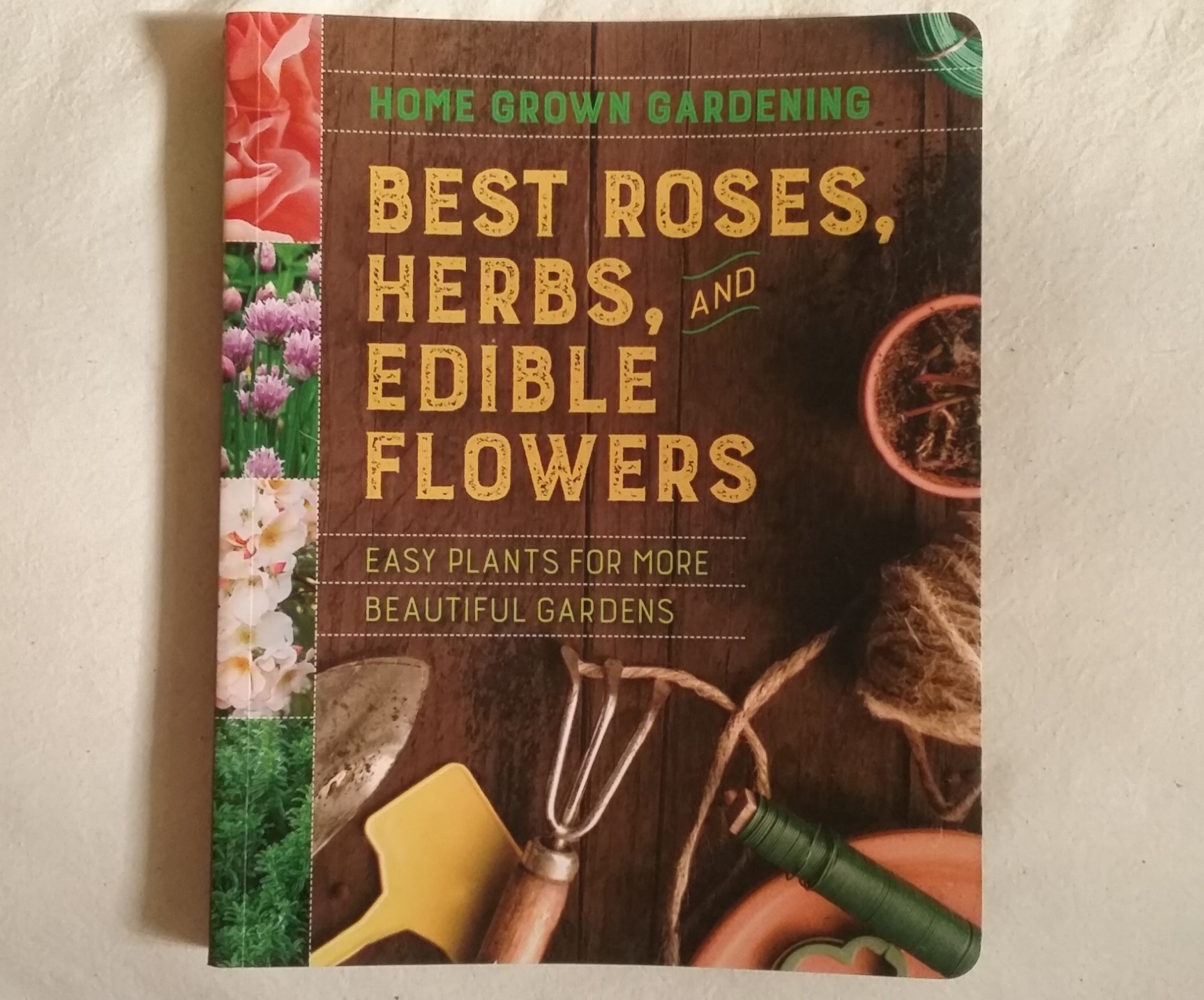 “Great garden books to read in January” was published Jan. 12, 2020, in the Wyoming Tribune Eagle
“Great garden books to read in January” was published Jan. 12, 2020, in the Wyoming Tribune Eagle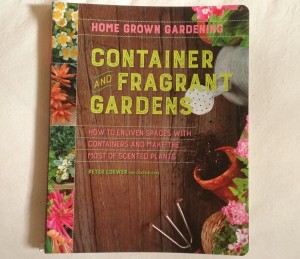 “Container and Fragrant Gardens” is derived from two previous works by Peter Loewer, a prolific garden author in North Carolina.
“Container and Fragrant Gardens” is derived from two previous works by Peter Loewer, a prolific garden author in North Carolina.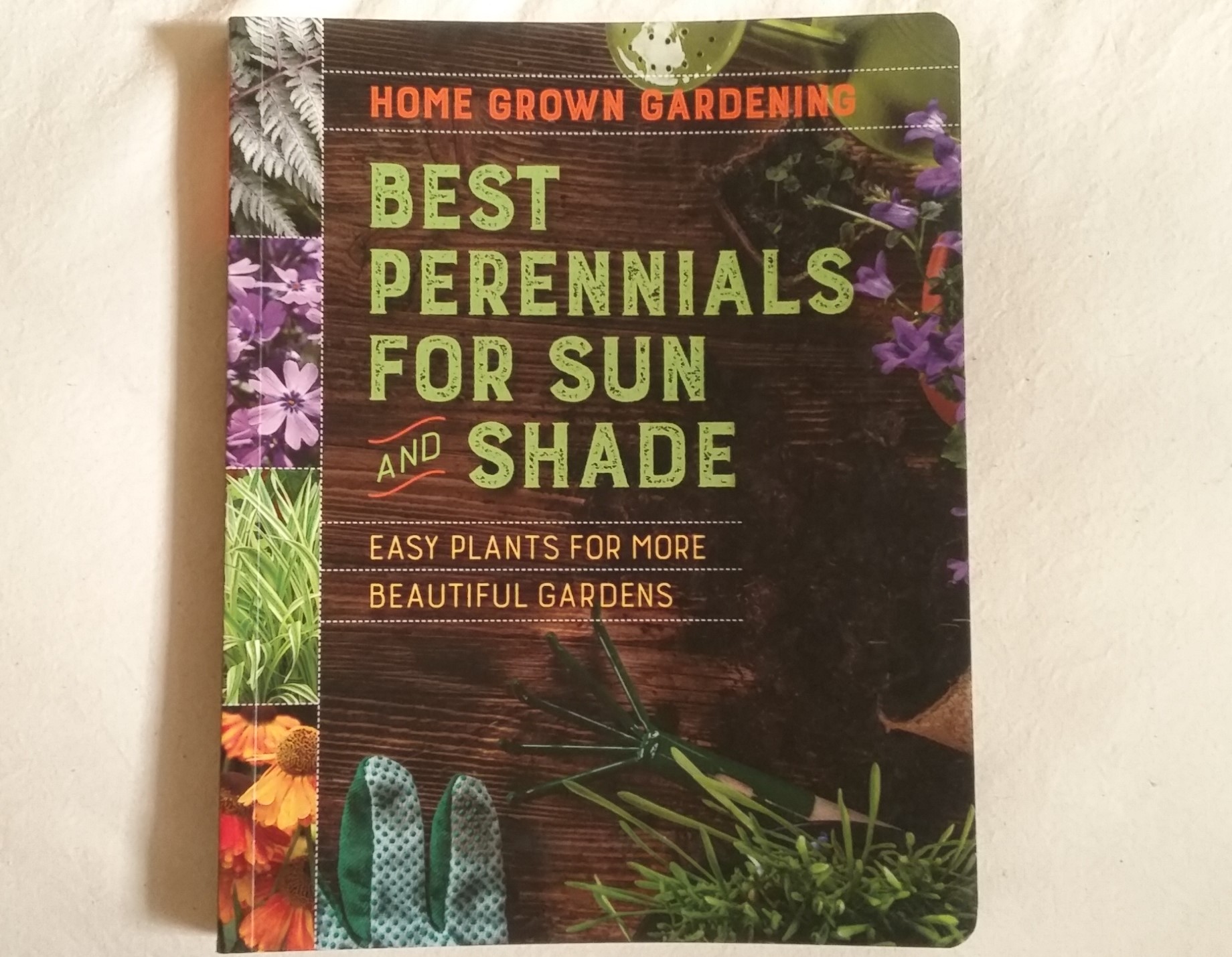 “Best Roses, Herbs, and Edible Flowers” could conceivably have some of the same plants as the previous books. In addition to pages of luscious closeups, there is a chapter on harvesting and preserving herbs.
“Best Roses, Herbs, and Edible Flowers” could conceivably have some of the same plants as the previous books. In addition to pages of luscious closeups, there is a chapter on harvesting and preserving herbs.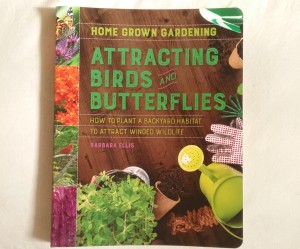 “Attracting Birds and Butterflies” is a derivation of author Barbara Ellis’s previous work. It is supplemented with excerpts from books published by Bird Watcher’s Digest.
“Attracting Birds and Butterflies” is a derivation of author Barbara Ellis’s previous work. It is supplemented with excerpts from books published by Bird Watcher’s Digest. Old “Garden Gossip”
Old “Garden Gossip”
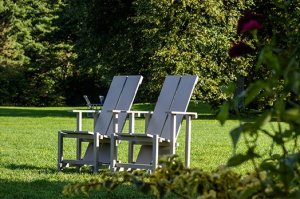
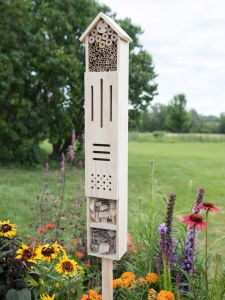



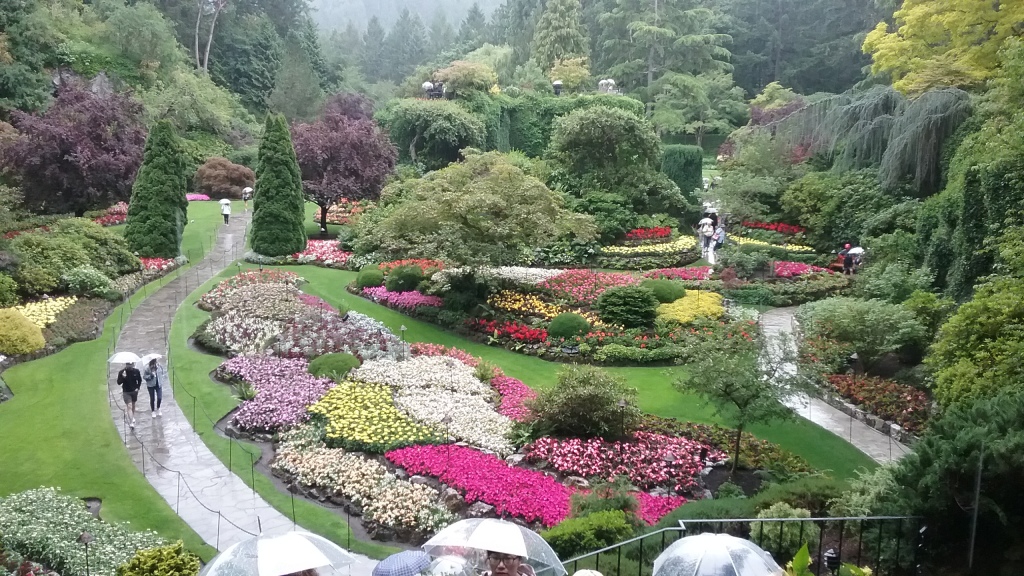


 Should garden literature be listed in the “fantasy” section of the bookstore?
Should garden literature be listed in the “fantasy” section of the bookstore?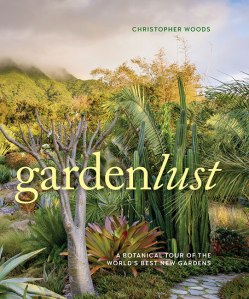 For those of us who want to be immersed in fantastical gardens, there is a new book, “GardenLust, a Botanical Tour of the World’s Best New Gardens,” by Christopher Woods. You can justify buying this 8.5 x 10.5-inch, 400 page, full-color, $40 extravaganza as it will give you inspiration for your own garden—if you have a million dollars to spend. At the very least it may count for your recommended daily dose of nature viewing.
For those of us who want to be immersed in fantastical gardens, there is a new book, “GardenLust, a Botanical Tour of the World’s Best New Gardens,” by Christopher Woods. You can justify buying this 8.5 x 10.5-inch, 400 page, full-color, $40 extravaganza as it will give you inspiration for your own garden—if you have a million dollars to spend. At the very least it may count for your recommended daily dose of nature viewing.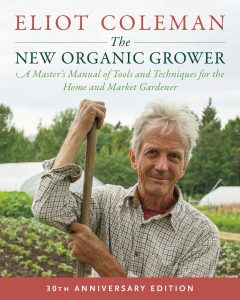 Atkinson thinks books about vegetable gardening are not in the realm of fantasy garden books. She would be mostly wrong when it comes to Eliot Coleman. He’s come out with a photo-filled 30th anniversary edition of his book, The New Organic Grower, A Master’s Manual of Tools and Techniques for the Home and Market Gardener.” He’s a successful year-round market vegetable grower…in Maine. If he can do it there, we can do it here.
Atkinson thinks books about vegetable gardening are not in the realm of fantasy garden books. She would be mostly wrong when it comes to Eliot Coleman. He’s come out with a photo-filled 30th anniversary edition of his book, The New Organic Grower, A Master’s Manual of Tools and Techniques for the Home and Market Gardener.” He’s a successful year-round market vegetable grower…in Maine. If he can do it there, we can do it here.




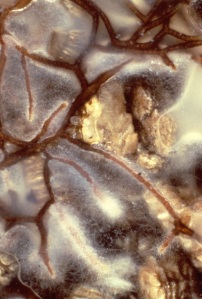
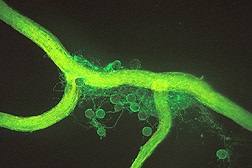
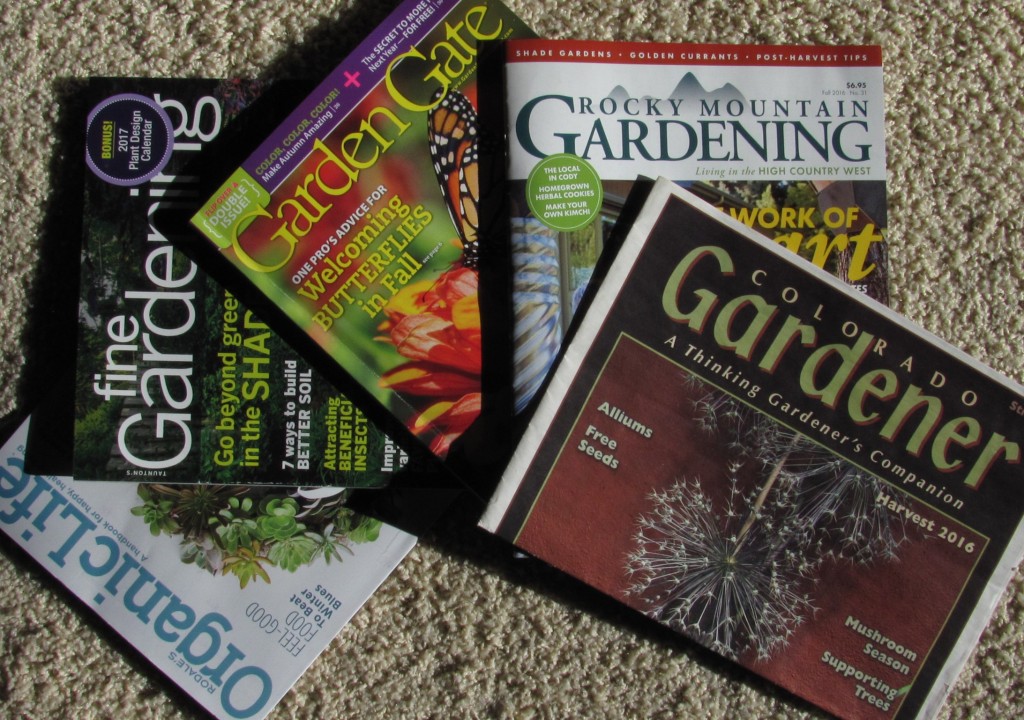 Published Dec. 4, 2016, in the Wyoming Tribune Eagle, “Holiday gifts for the gardener on your list.”
Published Dec. 4, 2016, in the Wyoming Tribune Eagle, “Holiday gifts for the gardener on your list.”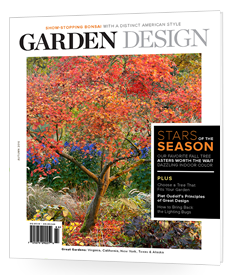 I couldn’t come up with an issue of Garden Design (
I couldn’t come up with an issue of Garden Design ( My primary garden book, recommended to me several years ago by Shane Smith, director of the Cheyenne Botanic Gardens, is The Garden Primer by Barbara Damrosch (2008, Workman Publishing, 820 pages). Written by a gardener from the cold climate of Maine, it covers every aspect of organic home gardening in well-organized chapters, but with an index for quick consultation.
My primary garden book, recommended to me several years ago by Shane Smith, director of the Cheyenne Botanic Gardens, is The Garden Primer by Barbara Damrosch (2008, Workman Publishing, 820 pages). Written by a gardener from the cold climate of Maine, it covers every aspect of organic home gardening in well-organized chapters, but with an index for quick consultation. Tava Collins recommended National Audubon Society Field Guide to Insects and Spiders (1980, Alfred A. Knopf, $20) for help identifying garden friends and foes. Similar guides are available in the Kaufman and Peterson field guide series.
Tava Collins recommended National Audubon Society Field Guide to Insects and Spiders (1980, Alfred A. Knopf, $20) for help identifying garden friends and foes. Similar guides are available in the Kaufman and Peterson field guide series. Carlson listed Rangeland Plants: Wyoming Tough by Smith et. al. (2015, publication B-1265) It is a free download at
Carlson listed Rangeland Plants: Wyoming Tough by Smith et. al. (2015, publication B-1265) It is a free download at 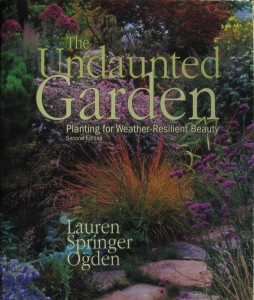 The author of one of my favorites, The Undaunted Garden: Planting for Weather-Resilient Beauty (2010, Fulcrum Publishing), Lauren Springer Ogden, is a firm believer in “the right plant in the right place” and is the originator of “hellstrip” gardening. Her photography is inspiring. She speaks often at garden events on the Front Range.
The author of one of my favorites, The Undaunted Garden: Planting for Weather-Resilient Beauty (2010, Fulcrum Publishing), Lauren Springer Ogden, is a firm believer in “the right plant in the right place” and is the originator of “hellstrip” gardening. Her photography is inspiring. She speaks often at garden events on the Front Range.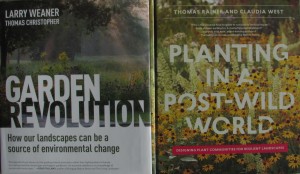 The other is Garden Revolution: How Our Landscapes Can Be a Source of Environmental Change by Larry Weaner and Thomas Christopher (2016, Timber Press). Proponents of the “right plant in the right place” too, the authors have designed this book to help you understand their premise: that with knowledge of your eco region and local habitat, you can plant a garden that will evolve over time with a minimal amount of assistance, i.e. chemicals and labor.
The other is Garden Revolution: How Our Landscapes Can Be a Source of Environmental Change by Larry Weaner and Thomas Christopher (2016, Timber Press). Proponents of the “right plant in the right place” too, the authors have designed this book to help you understand their premise: that with knowledge of your eco region and local habitat, you can plant a garden that will evolve over time with a minimal amount of assistance, i.e. chemicals and labor.